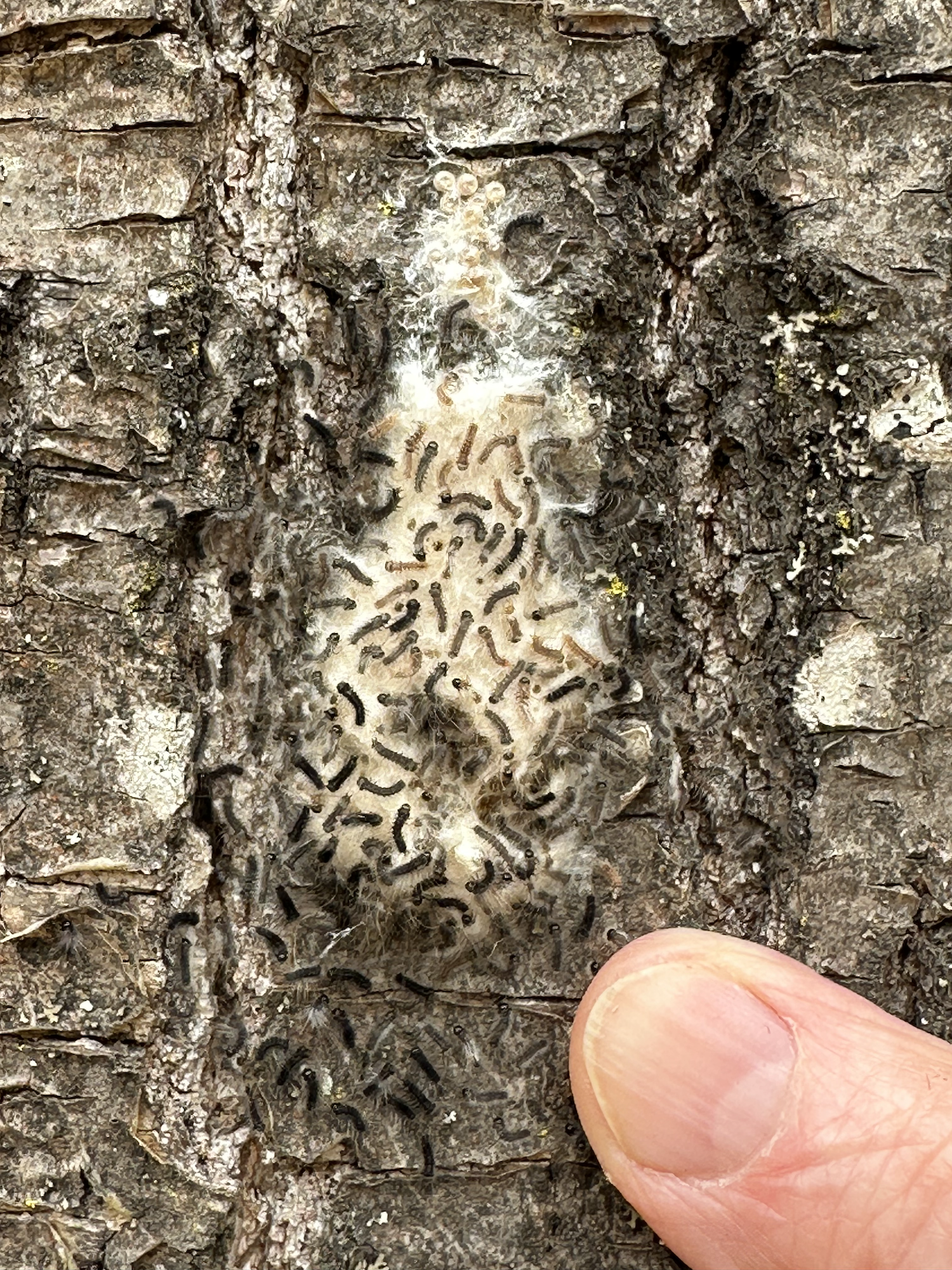by Marnie Sanborn Myhre, 2021
The MIWP’s charter describes us as “a non-profit land trust dedicated to the protection and preservation of natural areas on Madeline Island for everyone's enjoyment.” Even though we spend much of our time and energy working to “protect and preserve,” we view our Island wilderness as a community asset to be enjoyed by Island residents and visitors alike. In fact, during this past year of global pandemic, our lands and trails have offered much needed solace to many.
With more people seeking refuge in the natural world, we are working hard to make our trails accessible and enjoyable, and we continue to dedicate time, energy, and resources to maintaining and improving our trail network.
Toward that end we have begun partnering this winter with the new Madeline Island Trails (MIT) organization to help us improve our trails and encourage their use and expansion.
We are planning to update our trail maps later this year to help hikers and skiers navigate the system. We will be replacing/repairing some bridges later this spring and are hoping to experiment with some boardwalk structures to promote use and enjoyment of the wettest areas of select trails.
Read More







































